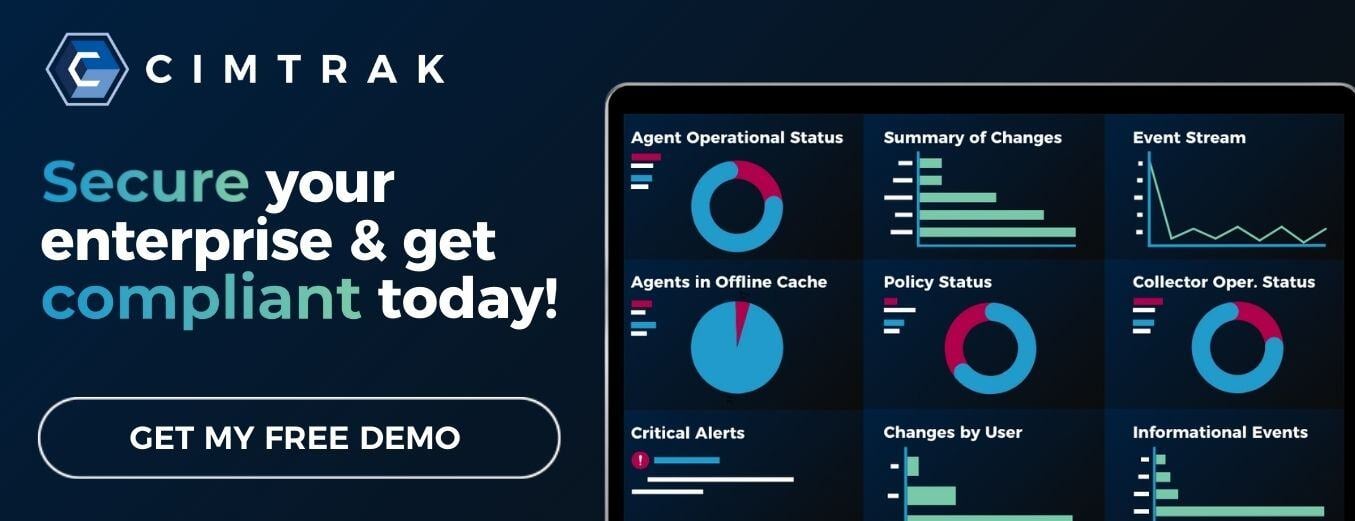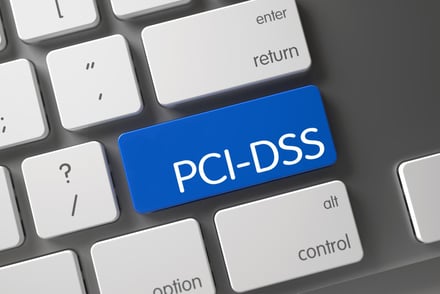Everyone likes surprises when it comes to birthday presents. When it comes to cybersecurity compliance costs? Those surprises are a lot less fun.
Your office has limited staff, limited hours, and a limited budget. You must allocate those resources appropriately to get everything you need—and want—to get done for your organization. But how can you allocate your resources appropriately if you don’t know what costs to expect regarding system integrity and cybersecurity compliance?
This post covers the top three costs of cybersecurity compliance. We’ll also explore the costs of falling out of compliance and provide solutions to help maintain compliance for your organization without breaking the bank.
What is Cybersecurity Compliance?
Before we dig into the hidden costs associated with cybersecurity compliance, let’s discuss the topic more broadly. What is cyber security compliance, and why is it important?
At the most basic level, maintaining cyber security compliance means adhering to a series of standards of regulations required by law or agency. Your organization should target compliance efforts around protecting sensitive data like personal identifying information (PII), personal health information (PHI), and financial data.
Related: How to Conduct an IT Compliance Review in 6 Steps
If your organization falls into noncompliance, you could face fines or other penalties. Additionally, ignoring the requirements and best practices set forth by authorities like CIS leaves your organization more vulnerable to breaches and other cybersecurity events.
Unsure of which compliance requirements your organization must follow? Check out our related post, IT Compliance Standards: Which Regulations Apply to Your Business?
One strategy for ensuring cyber security compliance is to engage in system hardening—continuously monitoring your asset configuration against a framework outlined by benchmarks like the ones set forward by CIS. CIS Benchmarks are a series of best practices designed to help organizations secure configurations, manage vulnerabilities, and safeguard their systems against ever-evolving cyber threats.
With this information in mind, let’s now discuss three hidden costs of cybersecurity compliance.
1. Team Costs
The first unexpected cost you may encounter relates to your employee costs. When ramping up cybersecurity compliance efforts, you must consider how large or small your team is.
Monitoring data and maintaining the logs needed for compliance takes time and effort. Depending on the size of your business and the complexity of your programs and applications, you may need to add staff.
Using manual processes to monitor your data logs can be time-consuming and error-prone. To automate your file monitoring processes, you may choose to implement a file integrity monitoring solution.
Consider a solution like CimTrak, designed to reduce change noise and highlight only the alerts that matter to your IT team, saving you time and resources.
Also, you will need to create processes for reporting and regular communication touchpoints with the authorities overseeing the regulations.
2. Time Costs
Cybersecurity compliance solutions can take a lot of time. System monitoring is one of the most significant time drains when it comes to compliance. To maintain compliance, you must monitor changes in your network and keep detailed logs and audit trails.
Of course, maintaining this data manually is a massive time commitment. However, even if you implement a software solution to automate some of these processes, your team can find themselves drowning in change noise and spending countless hours sifting through flags to identify the alerts that matter.
If you don’t have the tools and processes in place to handle cybersecurity compliance efficiently, your team may be forced to reshuffle priorities and miss out on opportunities they don’t have the time for due to challenges maintaining compliance.
You can mitigate this cost by implementing a solution that helps you gather evidence for your audits while also minimizing change noise to save your team time and effort.
3. Software Costs
The last cost you must consider when adjusting your cybersecurity measures to maintain compliance with regulatory requirements. As you take stock of your current processes and procedures, you may discover you have insufficient tools to manage your processes.
Maintaining compliance means you need audit trails for data changes and system access. Suppose your security or File Integrity Monitoring tools do not create audit trails capable of helping you maintain compliance with the appropriate regulations. In that case, you may need to invest in a new tool.
No singular tool will solve all your cybersecurity compliance woes. However, you should limit your tech stack as much as possible to prevent waste and streamline your tool stack.
Some essential features to consider in your File Integrity Monitoring solution include:
- Consolidated dashboard
- Compliance mappings for custom benchmark tests
- Benchmark scanning
- Network discovery (keep tabs on routers, switches, servers, hosts, and firewalls)
- Policy and report creation
- IT policy waiver management and logging
Though the right tool might cost you upfront, you will ultimately save time and money in the long run with the efficiencies gained from using such a tool.
The Cost of Noncompliance
We’ve discussed the costs of your compliance efforts. It’s only fair now to turn our attention to the other side of the coin—what are the costs of noncompliance? Though cybersecurity compliance can be costly in terms of time, worker, and software costs, noncompliance can be even pricier.
If you are non-compliant, you may face fines, fees, and other penalties. For example, a HIPAA violation could cost your organization between fifty and fifty thousand dollars per medical record exposed, depending on the severity of the violation.
Related: How To Identify Security Vulnerabilities (+5 Network Security Tips)
PCI DSS violations cost between five and one hundred thousand dollars per month if your organization is in breach of the standards. But noncompliance can cost you more than simple fees. You can also face reputational repercussions for noncompliance.
Customers want to know that their data is safe. If consumers feel that your organization is not keeping their data secure—or worse, if a breach demonstrates the lack of security—they may hesitate to do business with your organization in the future.
In short, maintaining compliance can feel costly, but in the end, noncompliance is far more expensive.
The Secret to Maintaining Cyber Security Compliance
Cybersecurity compliance can feel overwhelming to maintain. Personnel, time, and software costs can add up, putting stress on your organization and eating into the business’s bottom line.
However, noncompliance is far more costly, both in terms of dollars spent and your organization’s reputation. When you fall out of compliance, you risk losing your customers’ trust and tens of thousands of dollars in penalties and fees.
To maintain cybersecurity compliance without headaches, implement a robust file integrity monitoring solution with system integrity assurance. This type of solution can minimize time and worker costs while providing you with the audit trail and security features you need to maintain compliance.
Schedule a demo of CimTrak today to see if our solution is right for your organization.
Tags:
Compliance
March 25, 2025





